On Day Two of our Panama adventure, we climbed 1,800 feet to the Valle de Anton to see the world’s second-largest volcanic crater – second only to the Ngorogoro in Tanzania. We were met by Ivan Hoyos of Ancon Expeditions, Panama’s only Virtuoso tour provider and a conservation-oriented company linked with one of Panama’s oldest conservation groups. Ivan, who is cited in Lonely Planet, is a lively interpreter of the country’s history, culture, ecology, and almost anything that might interest a traveler.
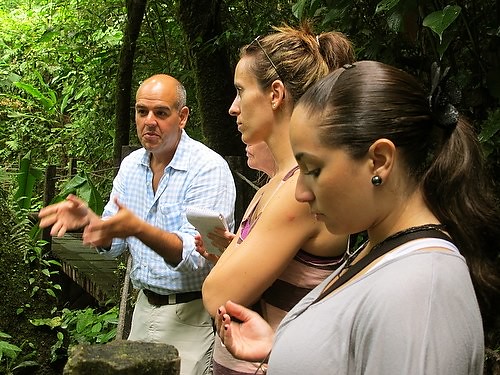
Panama, Ivan was quick to tell us, is an ecotourism rival to Costa Rica that in many ways exceeds the superlatives of its northern neighbor. “Panama actually has more bird species than Costa Rica, and it also has more protected area,” he said. “What Costa Rica has is fantastic marketing.” Panama derives the lion’s share of its GNP from canal-related commerce, making tourism a secondary, but increasingly appreciated, source of revenue.
The Valle of Anton was our main destination for the day, ending back in Panama City for two days of urban exploration.
Nestled among the cloud-draped peaks of the Cordillera Central, the central mountain range that runs like a spine down the middle of the country, the community of the Valle sparkles in the morning sun with terra-cotta roofs and colorful storefronts and houses.
After our stay on the beach, an hour’s drive up into the mountains took us into an entirely different world. We curved up and up through huge stands of rainforest, stopping to gasp at the occasional vistas of dramatic, bright green peaks against the blue sky. One series of peaks, La India Dormida (the sleeping Indian woman), has a poignant story behind it, which Ivan related as we made out her reclining profile along the skyline.
Our first stop, after the mirador with its dramatic spreading vista, was at the Chorro Macho, a 85-foot waterfall at the heart of a private jungle reserve that is open to the public, offering trails and canopy tours. Massive strangler figs competed for space with dozens of rainforest trees, hanging with enormous and lush philodendron vines. A cacaphony of marvelous birdsong enveloped us as we made our way down to the rushing river below, stopping to watch the birds flit from tree to tree.
After our steep climb back to the human world of cars and pavement, we were more than ready to indulge our human appetites in a sumptuous spread at the Casa de Lourdes, a charming restauarant and B&B set in a colonial-style home with a breathaking view of the misty Cerro Gaitan and surrounding gardens from its collonaded terrace.
Lourdes Fabrega de Ward, founder of the famed Golosinas restaurant in Panama City, was unfortunately not there to greet us, but her husband, the crisp British retired diplomat Edmund Ward, did the honors. He told the story of how Lourdes, a graduate of the national university who went to London for her master’s in foreign relations, decided to open a restaurant. “She couldn’t even boil water when she started,” he said with a laugh.
These days, with a first-rate staff to bring her creative menus to life, she has no need to boil water. We lingered happily over the result, a delightful repast of seafood cocktail, corvina (sea bass) with tamarind sauce and a maracuyá (passion fruit) mousse not soon to be forgotten.
Fully satiated, we headed off to explore the local market. I had some gift shopping to do, so I perused a fine assortment of molas – an art form originated by the indigenous Kuna people who live in the islands off the Caribbean coast of Panama – and for my comadre Maite’s birthday, I ended up selecting one made by a beautiful Kuna woman in her traditional costume, a beautiful black bag adorned with an appliquéd toucan amid a background of brightly colored geometric designs.
Other typical craft items included framed feathers painted with delicate depictions of Panamanian birds; slices of tropical trees painted with the regional landscapes; ceramic depictions of the Panamanian golden frog, now so critically endangered that there may be none left in the wild; and a wide assortment of other novelties.
We ended the day back in Panama City with an unforgettable tasting menu at Barrandas, the signature restaurant of Chef Cuquita Arias, called the “Martha Stewart of Panama” – indeed, Cuquita studied under Martha Stewart, but it’s hard to imagine the American homemaking icon matching Cuquita’s warmth and color.
Round after round of carefully crafted delicacies, each of them a tiny work of culinary art, were presented on long, colorful wooden display panels for our inspection and consumption. Cuquita came out to explain the story behind each of them – recipes that reveled in her love of Panamanian tradition.
Created with Admarket’s flickrSLiDR.
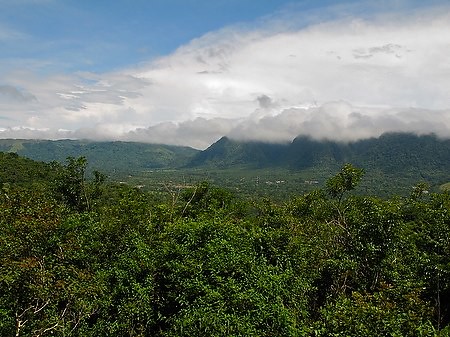
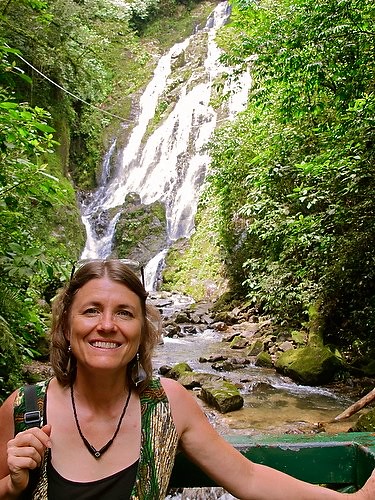
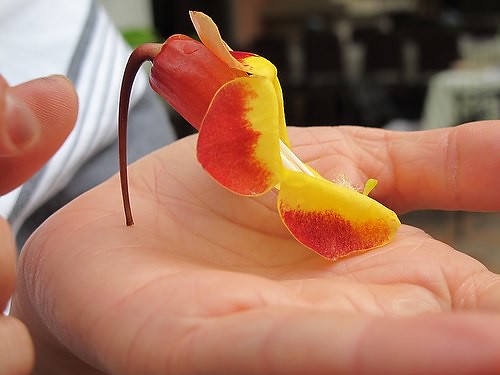

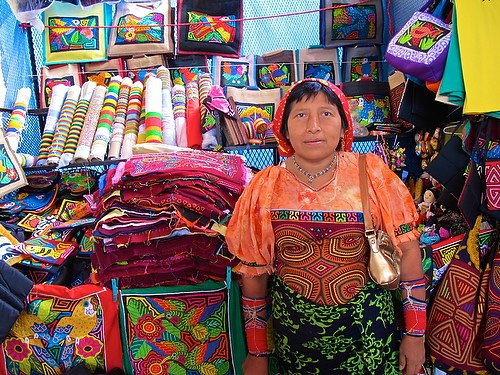
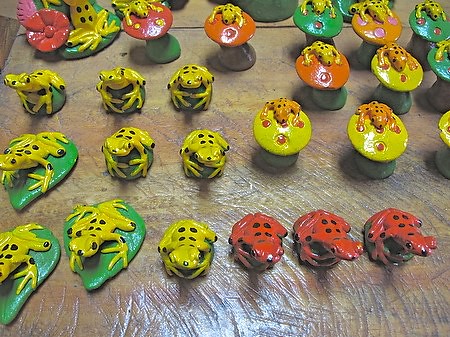
Leave a Reply